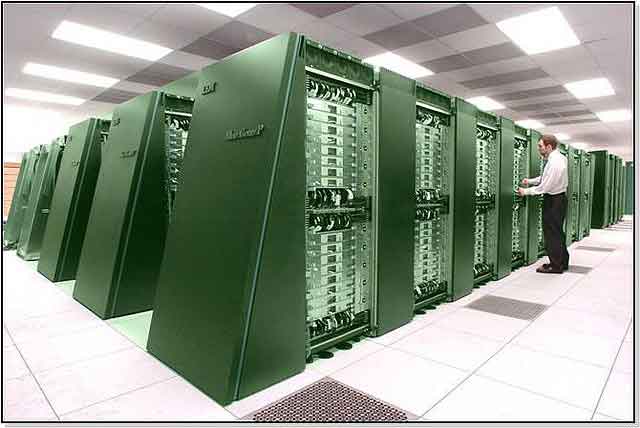Harnessing the power of supercomputers and their million hours of processing power has allowed some very intriguing physics calculations to take place. One of them is the study of matter in the universe on a subatomic level.
The question, how did we arrive at a universe composed almost exclusively of matter with virtually no antimatter?
The calculation took 54 million processor hours on the IBM BlueGene/P supercomputer at the Argonne National Laboratory in the U.S.
The new research, reported in the March 30 issue of Physical Review Letters, represents an important milestone in understanding kaon decays — which are a fundamental process in physics. It is also inspiring the development of a new generation of supercomputers that will allow the next step in this research.
“It has taken several decades of theoretical developments and the arrival of very powerful supercomputers to enable physicists to control the interactions of the quarks and gluons, the constituents of the elementary particles, with sufficient precision to explore the limits of the standard model and to test new theories,” says Chris Sachrajda, Professor of Physics at the University of Southampton, one of the members of the research team publishing the new findings.
The process by which a kaon decays into two lighter particles known as pions was explored in a 1964 Nobel Prize-winning experiment. This revealed the first experimental evidence of a phenomenon known as charge-parity (CP) violation — a lack of symmetry between particles and their corresponding antiparticles that may explain why the Universe is made of matter, and not antimatter.
via Science Daily – continue reading about the next generation of supercomputers, 10-20 times more powerful…

// Photo via Argonne National Lab – Article via Lauren Weinstein